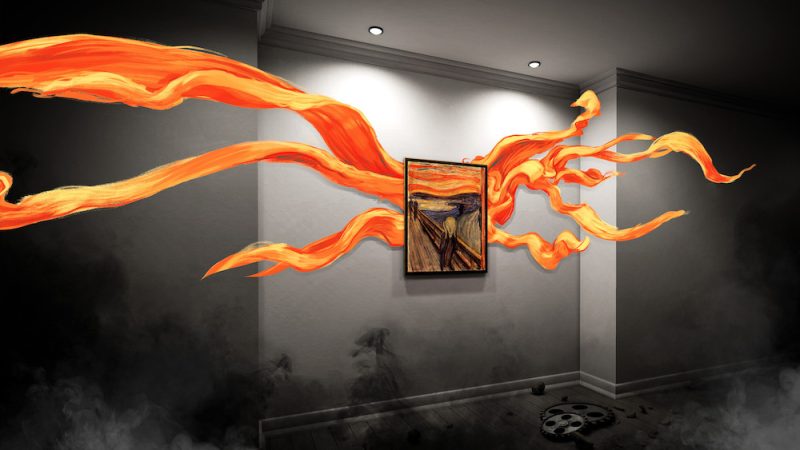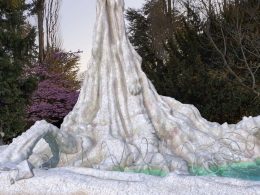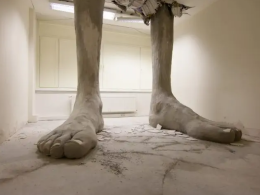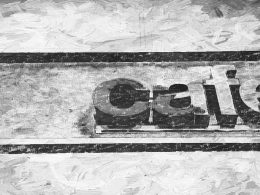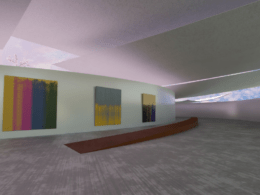The figure stands with its mouth and eyes wide open, as if screaming in terror into the red evening sky. Almost everyone knows this motif. But what does it mean? The VR experience "The Scream" traces the origins and moods of Edvard Munch's famous painting using virtual reality.
You are standing in an abandoned museum room. Hanging directly in front of you is probably the most famous version of Munch's painting from 1893, rendered in high resolution so that you almost feel like you are standing in front of the original. With the VR glasses, you can view it from all sides and up close. This interactive and sensory virtual reality experience unfolds in three chapters:
Over the next ten minutes, the image comes to life again and again and symbolises the themes and moods expressed in it in short scenes: nature, which seems threatening in its sublimity, the omnipresence of death, the narrowness and hopelessness of existence. In doing so, The Scream resorts to sometimes brutal means of representation. In places, the art lesson turns into a chamber of horrors.
In between, the viewer listens to quotes from Munch's notes and a narrator's explanations and learns more about the experiences that inspired Munch to create the painting, such as celestial phenomena caused by a distant volcanic eruption and the sight of a Peruvian mummy.
Gain in understanding or gimmick?
After Mona LisaMonk by the Sea and other suspects from art history, another famous painting makes it into VR. For art novices, the VR experience should provide a useful brief introduction to Munch's motif, including important background information. Connoisseurs, on the other hand, are likely to turn up their noses at the gimmickry.
The makers Sandra Paugam & Charles Ayats wanted to intensify the effect of the image using digital effects, translate it into a modern language of horror and thus make it understandable to a younger generation.
The Scream is free of charge at Steam available. Oculus Rift, HTC Vive and Valve Index are supported. The voice output is available in English, French and German.
Source: mixed





